Vietnam determined to develop green tourism
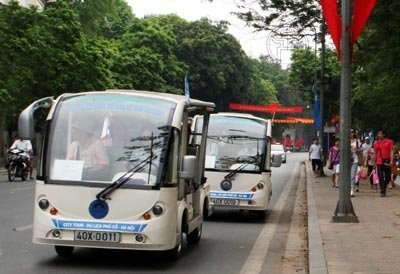
Travellers to the capital city can go sightseeing in the ancient street area on streetcars
Thua Thien-Hue province – the land of the ancient capital of Hue – has developed some “green destinations,” such as the Phuoc Tich ancient village, Thanh Tien confetti village and Tam Giang lagoon which have become well known to tourists.
The visitors to the Phuoc Tich ancient village have to leave their cars or motorbikes outside the village and walk into the village. Those, who want to discover Tam Giang lagoon, are required to ride bicycles and plant a green tree.
The provincial authorities are also drawing up a plan on improving Ngu Ha River and the lakes; relocate residents in some areas in order to develop a sustainable tourism environment.
Hanoi has also thought of developing green tourism. The travelers to the capital city can go sightseeing in the ancient street area on streetcars, or ride bicycle to the ancient village of Duong Lam to learn about the culinary culture and traditional habits and customs. Travel firms are going to offer a series of green tourism products including homestay, eco-tourism, and spiritual tourism.
“The green tourism projects, once becoming operational, would bring dual benefits to Hanoi,” said Truong Minh Tien, Deputy Director of the Hanoi Department for Culture, Sports and Tourism. “This would help Hanoi develop the local economy in a sustainable way and create a beautiful image of Hanoi in the eyes of travelers.”
The tourism development strategy by 2020 with the vision until 2030 clearly stipulates that Vietnam would prioritise to develop the types of tourism associating with sea, islands, while emphasising the original cultural and ecological features in the tourism products. As such, developing green sea tourism has been laid down as a priority task which aims to improve the competitiveness of Vietnam’s sea tourism.
However, local authorities, though foreseeing the inevitability of the green tourism and the high efficiency of the model, understand that it would still take them a lot of time to apply the model in a large scale.
Phan Tien Dung, director of the Thua Thien-Hue Provincial Department of Culture, Sports and Tourism, said the green tourism would only grow if it receives the support from involved parties – people, travel firms and state management agencies.
Meanwhile, the province’s tourism product programming does not mention the green tourism model, even though it is a growing tendency. The local authorities have not had any policies to encourage people to join the program on building up green tourism products.
The green tourism models in the province have been applied with the support of the Dutch SNV organisation, which may not exist once the project terminates. Meanwhile, there exist a lot of difficulties in terms of the infrastructure, people’s capability and accommodation services that may hinder the development of green tourism destinations.
Pham Trung Luong, deputy head of the Tourism Development Research Institute, said that Vietnam has the great potentials to develop specific green tourism products. However, the potentials have not been exploited in a reasonable way. In many cases, they have been spoiled with unscientific ideas.
The Ha Long bay, which is recognised as the world’s natural wonder, has lost it’s a part of its beauty because of the development of artificial beaches, of the narrowed space caused by the arising tourism service works or the lighting system inside the caves.
Despite the big difficulties, Thai Quang Trung, president of The Gioi Xanh chain, emphasised that it’s the right time for Vietnam to strive to a sustainable tourism development, to shift from hot development to green development, or it is too late, because the competition among nations to attract tourists has become most cutthroat than ever.
What the stars mean:
★ Poor ★ ★ Promising ★★★ Good ★★★★ Very good ★★★★★ Exceptional
Related Contents
Latest News
More News
- Nestlé and VNAT announce new cooperation initiative (October 02, 2024 | 15:43)
- Hanoi recognises new city-level tourist areas (September 27, 2024 | 20:25)
- Hue to host 2025 National Tourism Year (September 19, 2024 | 15:13)
- Hoa Binh Group consolidates leading position in Vietnam’s MICE industry (September 11, 2024 | 14:26)
- Ba Ria-Vung Tau targets high-quality business tourism (September 10, 2024 | 09:00)
- Hanoi awarded Asia's Leading City Destination (September 04, 2024 | 16:54)
- National Day boosts Hanoi tourism revenue (September 04, 2024 | 16:11)
- Indian tourists can be gold mine for Vietnam (September 04, 2024 | 12:10)
- New Dalat travel map unveiled for tourists (August 31, 2024 | 21:53)
- Railways sector gears up for National Day surge (August 29, 2024 | 14:34)



 Tag:
Tag:
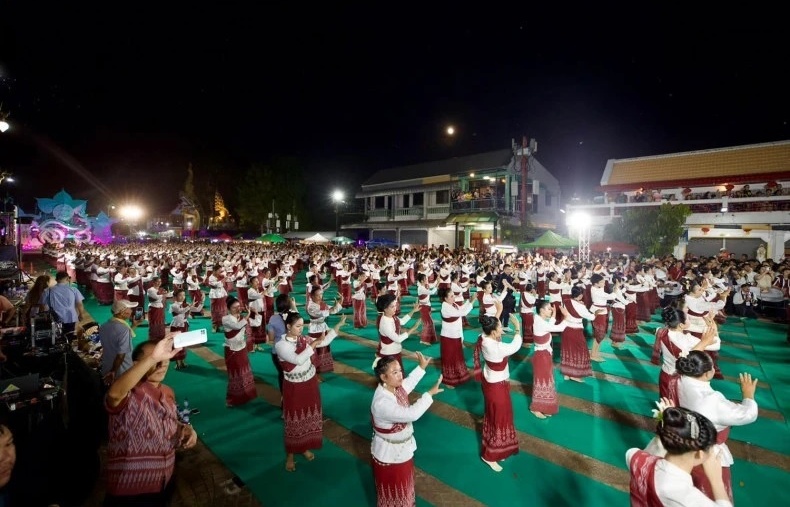
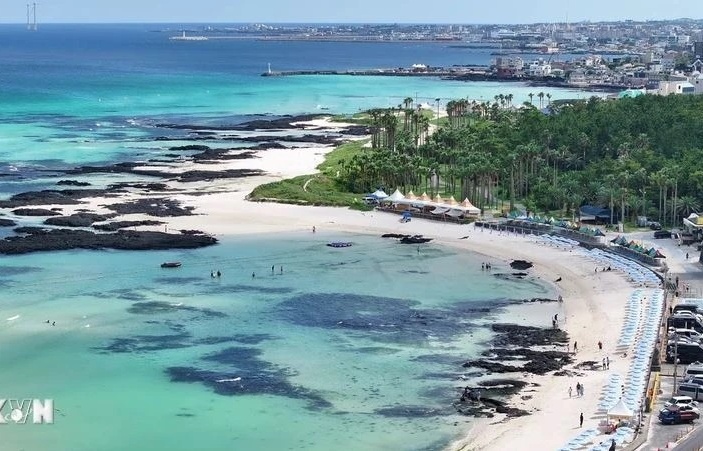
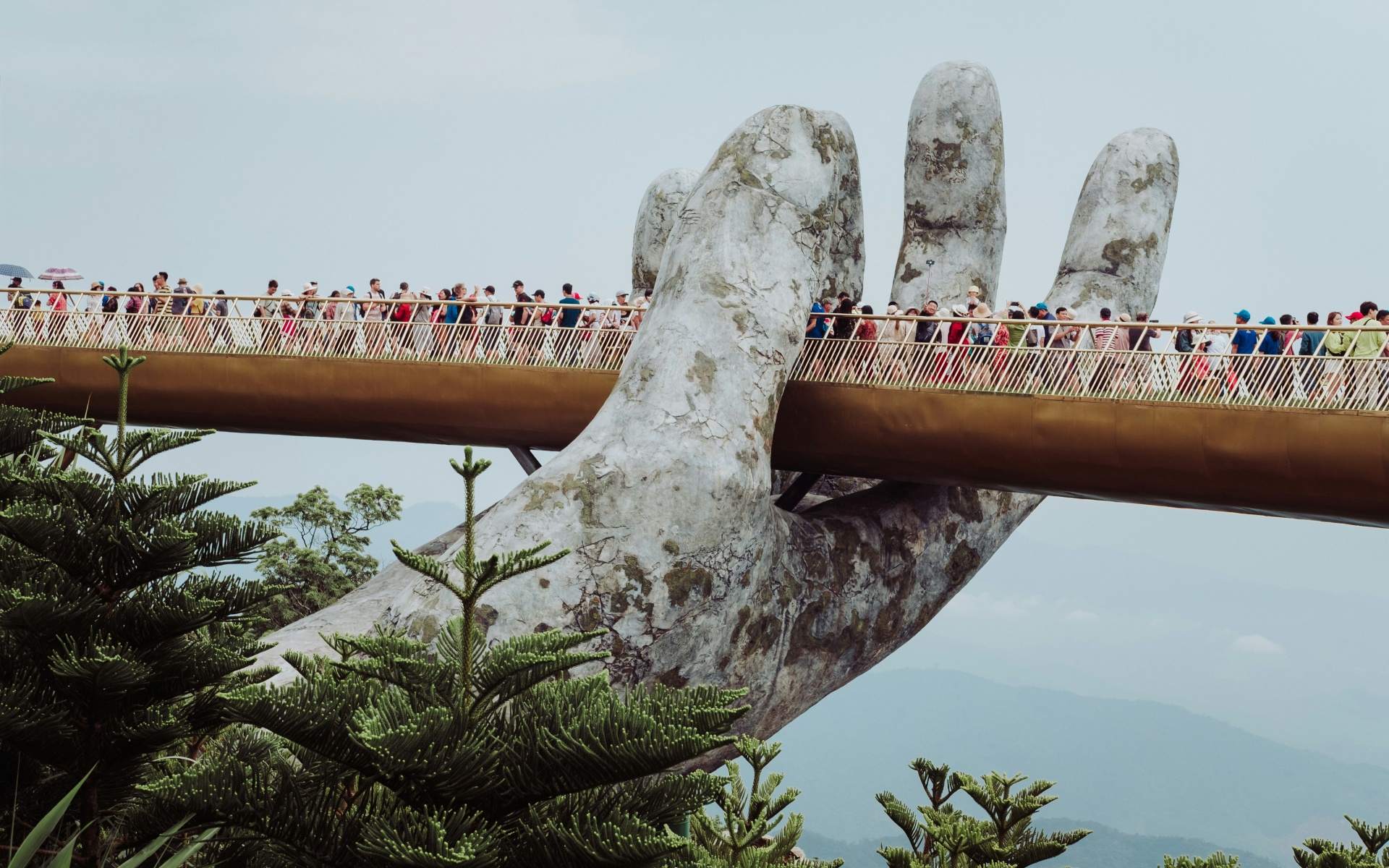
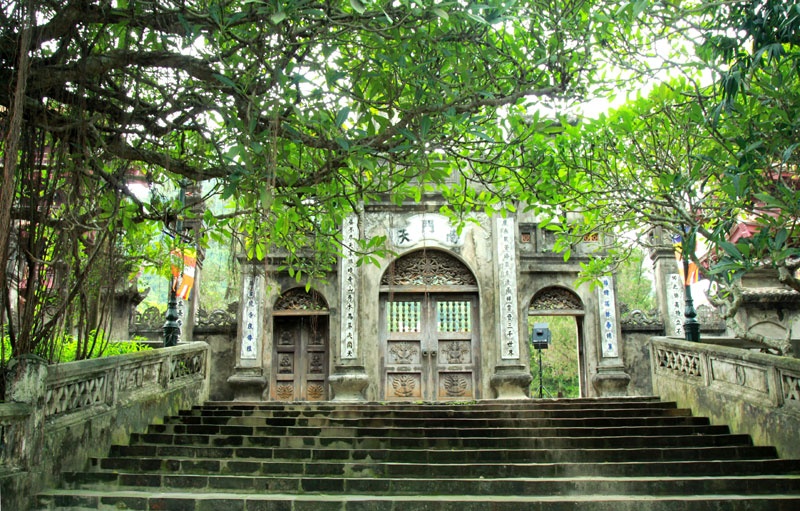

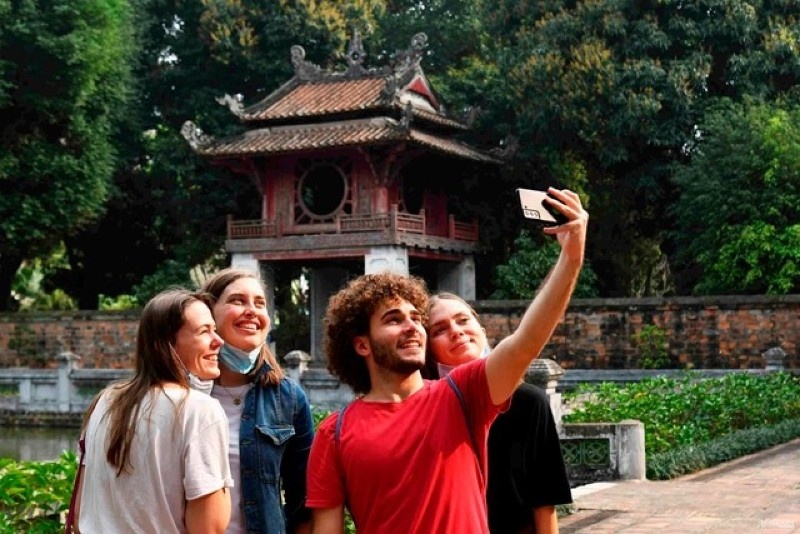

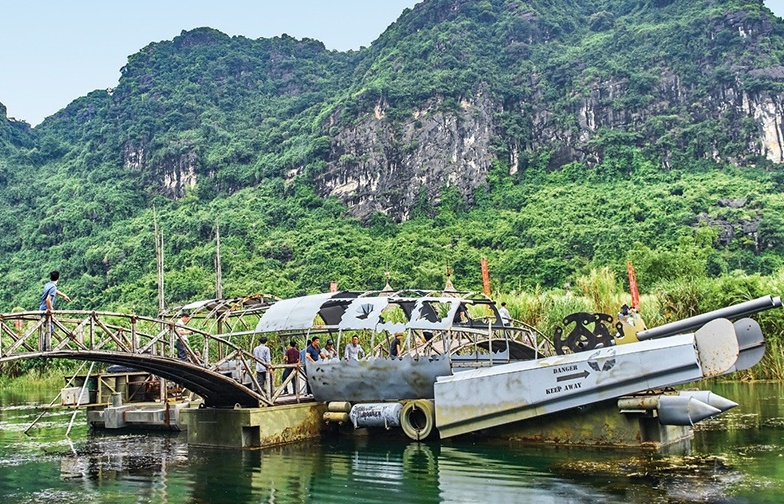
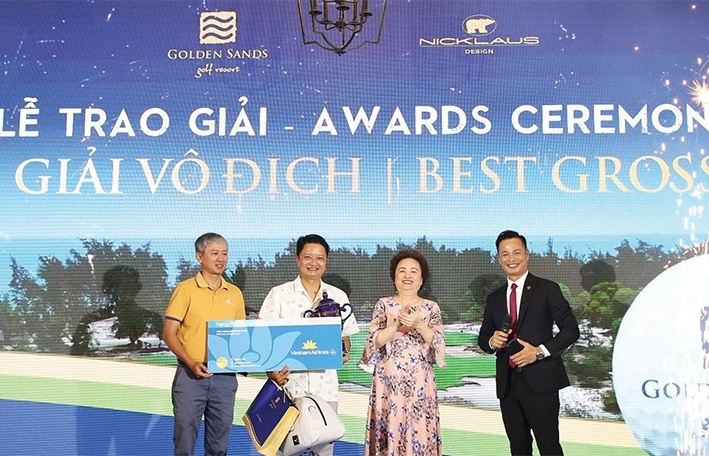






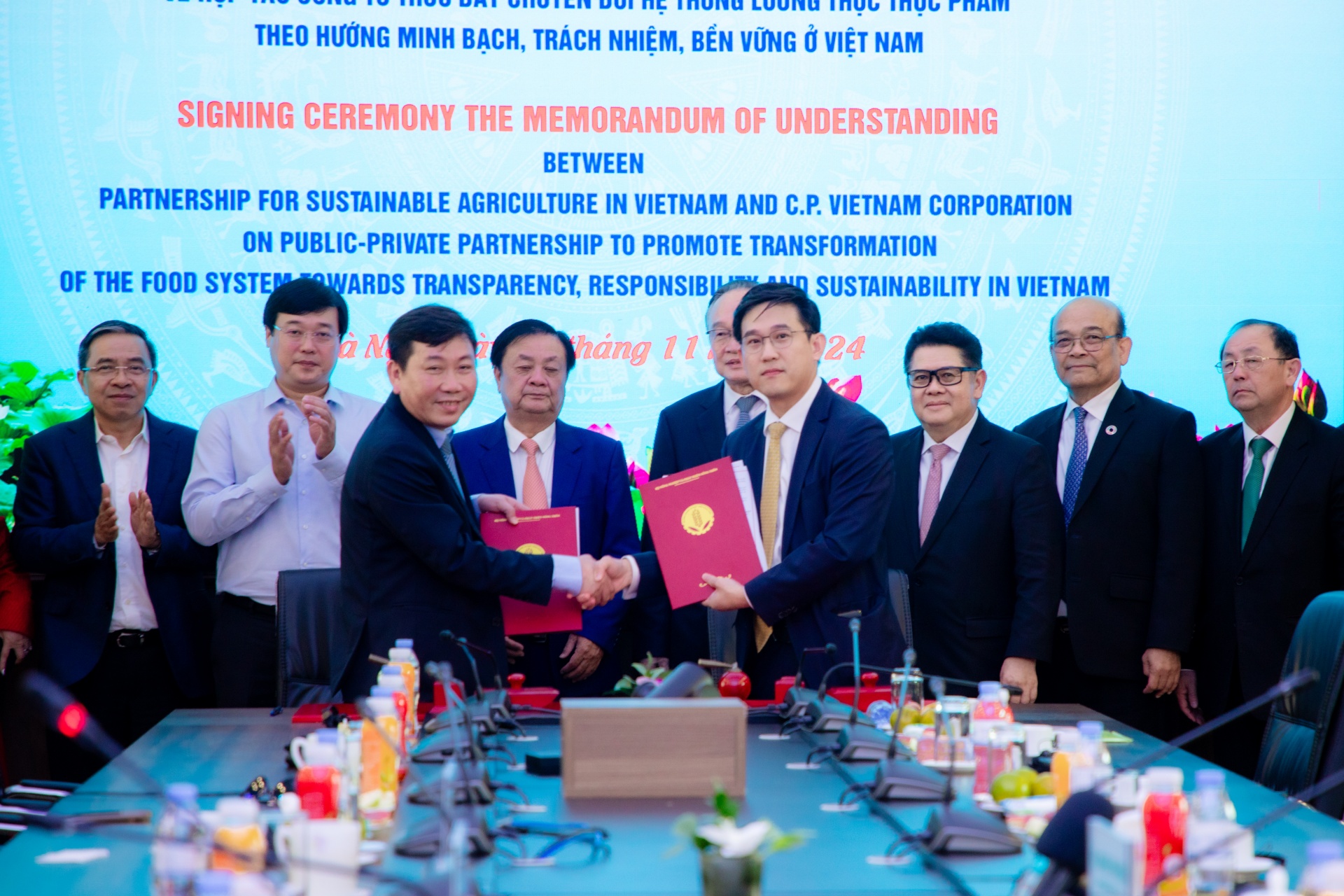
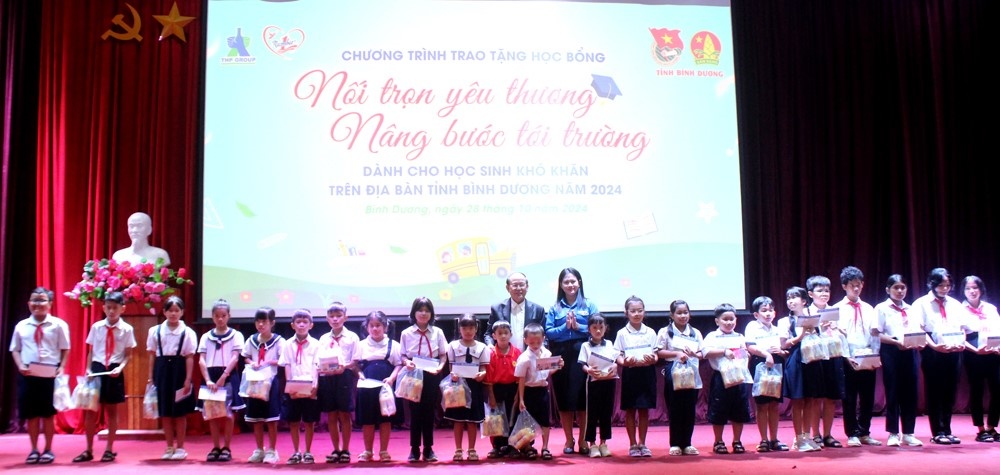



 Mobile Version
Mobile Version